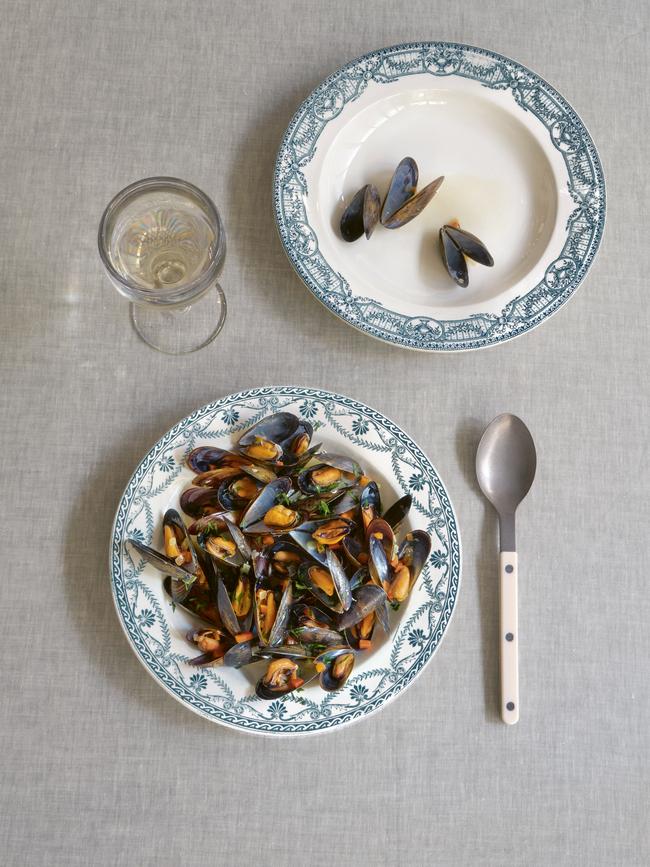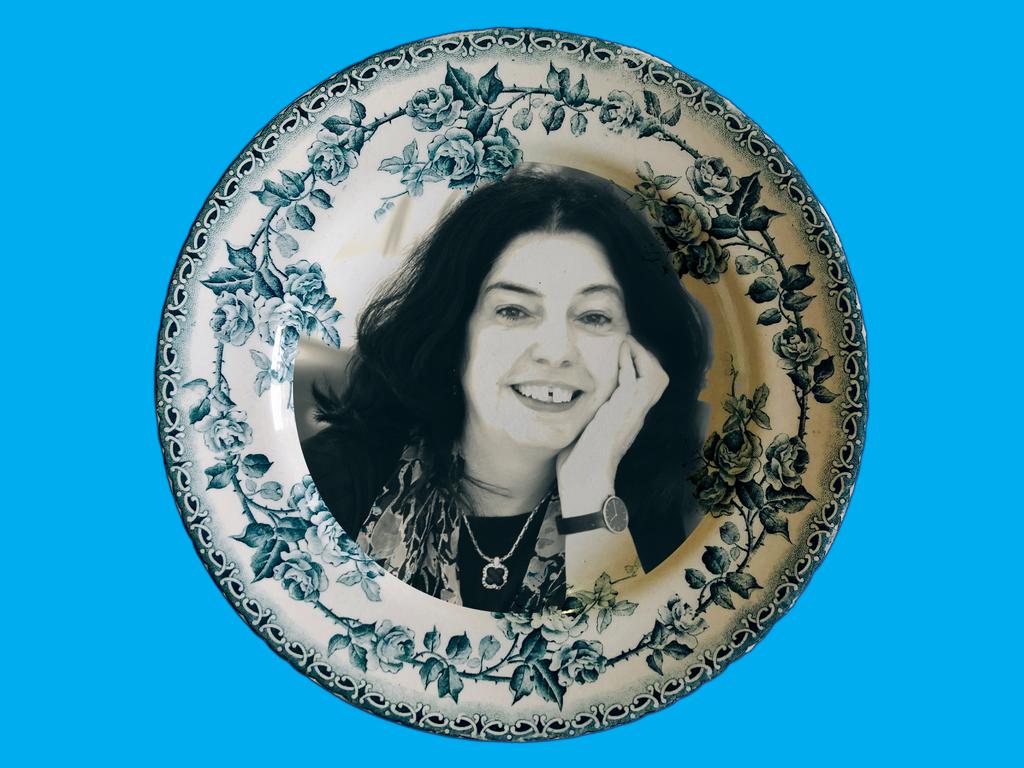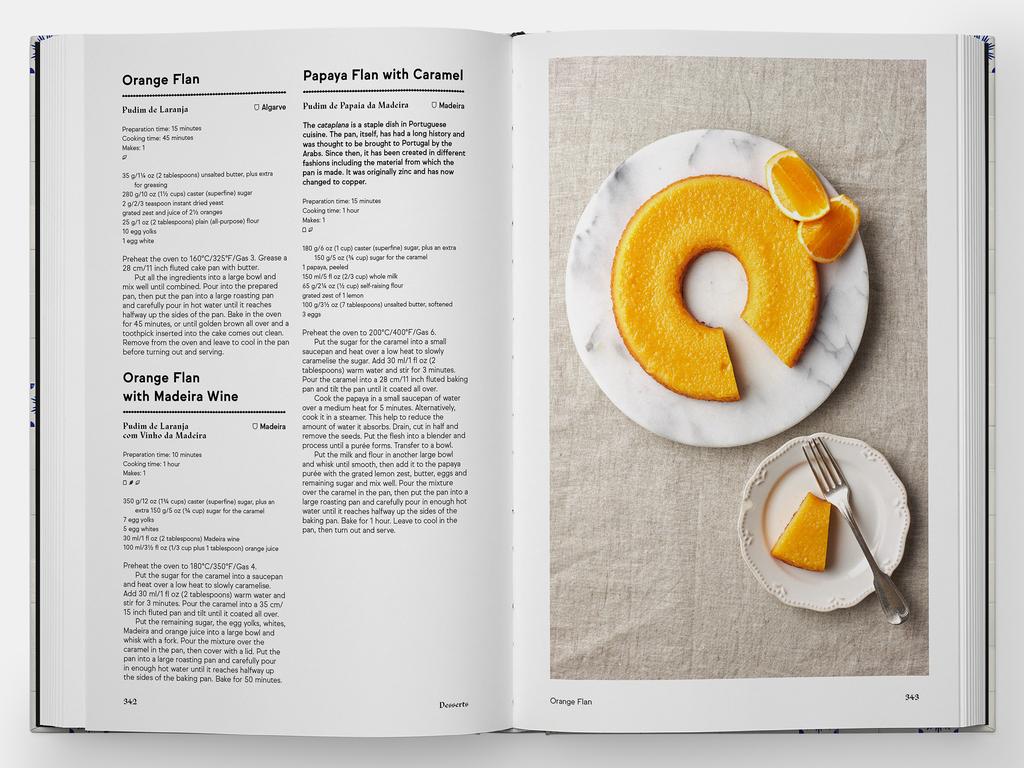This classic French recipe book will have you drooling
It’s not all frogs’ legs and snails, you know. There is nothing pretentious or impractical about the 170 dishes in Classic French Recipes.

Until this book, I had avoided preparing and largely partaking in French food. While revelling in France’s generous geography, I was apprehensive about its celebrated gastronomy for what seemed good reasons.
Le Cuisine Francaise must, I thought, require dedication, expertise, unlikely tools, fiddly techniques, and copious time. And not to mention indulgent ingredients such as cream, rendered duck fat and escargots (snails).
Yet this newest English language edition of the nation’s most beloved cookbook, Ginette Mathiot’s Classic French Recipes. first published in 1932, proves the opposite.
The first few updated pages calmly explain how to shop seasonally, not spend too much money, employ straightforward cooking vessels, and enjoy familiar cooking methods such as sauteing.

While regionally varied, French cooking needs a limited range of fundamental fats, flavourings, acidic ingredients such as vinegar, unsurprising pantry items and naturally cheese and wine.
Sure, you can find a single recipe for 72 frogs’ legs to feed six people, but the vast bulk of the dishes are highly digestible and unlikely to deter the most picky of eaters. There is nothing pretentious or impractical about the 170 dishes in Classic French Recipes. Some half can be made with five ingredients, and the preparation times are surprisingly modest. A quail casserole for six takes a mere 10 minutes, for example.
The author, who also penned Je Sais Cuisiner, or I Know How to Cook, had her final role as the grandly titled Inspector General safeguarding home economics teaching in France. It’s perhaps a clue as to why the contents owe more to the kitchen table of a peasant farmer or suburban housewife than the haute cuisine of a Parisian poseur.
French-Scottish food writer Keda Black says in the introduction: “No frills, no waste. The beauty of French cooking may reside in its ability to make the most of a varied but moderate range of ingredients and flavourings.”

The invitation to stage a Sunday luncheon based on Phaidon’s handsome tribute to Mathiot’s legacy came at the best of times. After many years, I was leaving Sydney for Brisbane. There was nothing to lose. It was also the worst of times. Days before “semi-grating” north, only the barest essentials of a kitchen were left unpacked. The pantry and its many vinegars drained. Yet there is a French saying from 15th-century merchant Jacques Coeur: “For a valiant heart, nothing is impossible.”
Eight guests ended up around a borrowed table, courtesy of a dear friend, as my own was in storage. Guests included a young French woman, Emilie, born close to the German border; and a French-speaking Belgian-born woman of letters. Everyone else had first-hand stories to tell of La France.
I’ve previously reviewed national cookbooks from Portugal to Indonesia, and my meals were perhaps top-heavy, with entrees leaving little room for desserts and pastries. These are often the best parts, and they come after cheese in the French tradition. So I passed on the sumptuous pates and terrine recipes for basic moules mariniers or mussels with the tasty liquor mopped up with genuine baguettes, broken, not cut, from a nearby French bakery.
Hence, it was headlong into the sauces that stereotype French cooking and are often easier to make than pronounce. Poivrade sauce is based on a brown roux of butter and flour, perfect with the entrecote steak. Gribiche sauce was a mustard mayo with cooked yolks and diced pickles to adorn everything.

The trick was to make the sauces ahead of time and then let them adorn the freshly cooked meat and fish.
My fish kettle had escaped the purge of packing, so I used it with the court-bouillon recipe with wine. The idea was to poach the Ling pike, more challenging to obtain here than in Europe, and serve it with beurre blanc, a sauce rejoicing in butter and thick cream.
Stuffed pigeons might have been a treat. The coq au vin is worth trying, but I settled on duck a l’orange despite the dish probably originating from medieval Spain and Italy.
Vegetables were surprisingly easy, although I delegated the dauphinois potatoes to our gracious host. She turned sliced tatties, butter, garlic and the slightly soured crème fraiche into a triumph. The recipe dictated shelled peas, but no one noticed that the petit pois for the Peas a la Francaise were frozen. The tasty Vichy Carrots required only a soupcon of sugar and bicarb of soda with butter and parsley to transform the humble taproot.
All cuisines steal freely from others, and the French people are no exception despite their justifiable pride in their food. However, I was surprised to find shepherd’s pie and peach Melba in this most Gallic of guides.
This most English of pies is appropriated by using leftover meat from the Pot-au-Feu stew and adding gruyere cheese to the topping. It’s called Parmentier in France after an 18th century scientist who popularised American potatoes there.
The book reminds us of Peches Facon Melba to give the classic desert its “proper” name, created by chef August Escoffier, of London’s Savoy, after hearing Nellie Melba sing Wagner’s Lohengrin.
I went for another French classic, tarte tatin, a culinary mishap from 1899 that saw apples caramelise under the pastry lid. Time insisted I bought an excellent example from a nearby patisserie.
Our guest Emilie drew on her family traditions to create the Madeleines, the little cakes originally baked in scallop shells. Classic French Recipes reminds us of Marcel Proust’s use of these buttery delights as a metaphor for anything that conjures up sensory memories of times past.
They proved the perfect bridge to our story time.
Exploring Mde Mathiot’s compilation of all that’s best and accessible about her nation’s food allowed us to indulge in many happy French memories of our own. They ranged appropriately from the absurd to the profane and, finally, the romantic.
Like most discretionary fears my apprehension of French cooking was always unfounded and has now been dispelled by this helpful and practical guide to its most authentic dishes.
Since that dinner, I have returned to Classic French Recipes several times and made a far, far better ratatouille than I had ever done before.
Merci beaucoupe, Ginette Mathiot.
Classic French Recipes by Ginette Mathiot (Phaidon) $74.95 is out now. Food photography by Marie-Pierre Morel.
Christopher Zinn is a writer, journalist, communications specialist and enthusiastic home cook.






To join the conversation, please log in. Don't have an account? Register
Join the conversation, you are commenting as Logout